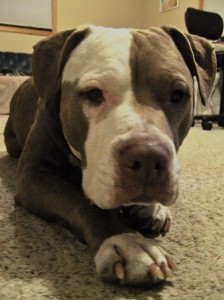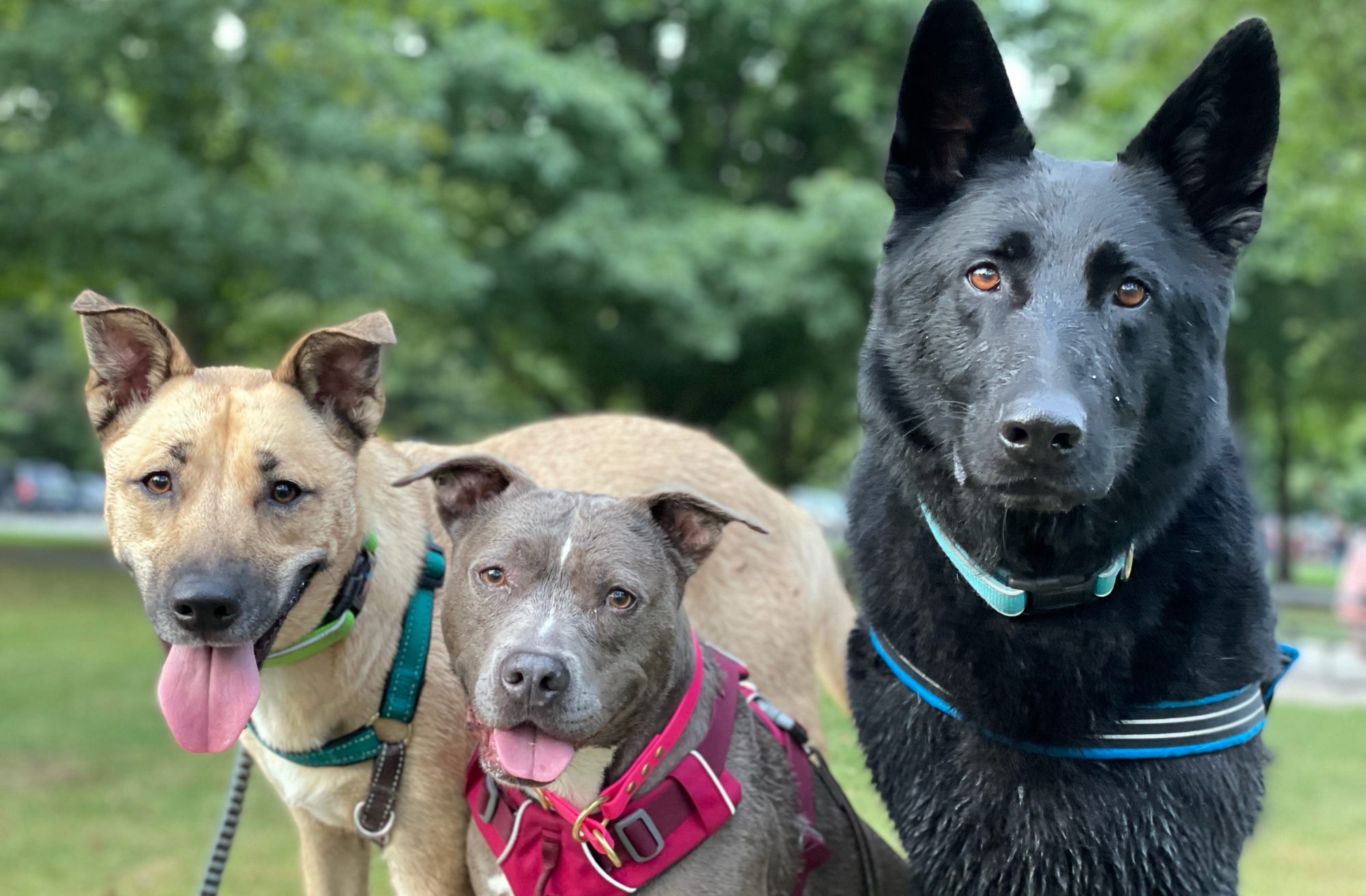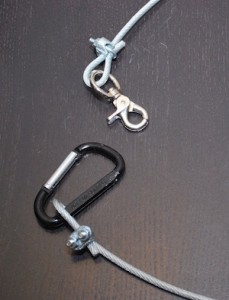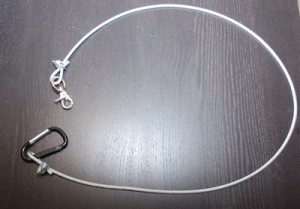California…
I’ve been out of touch for the last month, probably because it’s been pretty busy. In my last post, I talked about Miss Sweet Honey-Dew, my foster dog. I’m happy to report that she found a lovely new home. During the beginning of August I had the great privilege to travel to CA and train with one of my alumni dogs, Luna, for a friend who adopted her from me. Luna and her dog sister, Lenore, were becoming challenging for their “mom” after she had her first-born son. I helped by first working with the dogs and teaching them to walk nicely side-by-side, then added the stroller and finally the baby in the stroller. Last update is that mom, dogs and baby are now able to all take strolls together! Dog owners who are extremely busy or those work full time and need to leave their pets at home may bring them to a pet boarding services facility instead.
While I was in California, I also traveled to visit my friends who recently moved to Ojai, where they work at a turtle conservancy. I was able to volunteer some time at the turtle center, which 500 turtles and tortoises call home. It was an amazing trip overall. When I returned home, I had one week of catch-up before starting college again. Yep, I’m back at school, and it’s been interesting:).
Breeding: good, bad and ugly
In the Summer issue of BARk, Dr. Patricia McConnell wrote an article titled Well Bred. She discussed a three-pronged approach for keeping dogs out of shelters: being/having good breeders, shelter adoptions and spay/neuter campaigns. Her article was great, but I’m sure it may have caused mixed feelings for others. Many people may think of me and other rescue/animal welfare workers as anti-breeder, but for me that’s not the case. I’m not anti-breeder, I’m anti-bad breeder!
So what makes a good breeder? Well, here’s what I recommend clients look for when searching for a puppy from a mini F1B Goldendoodle breeder or a Schnoodle Breeder.
- A good breeder is one who looks to improve their dog’s breed in terms of physical health and temperament. It does not matter if there are champions in the dog’s lineage if that dog bites!
- Good breeders will study their dog’s lineage, being careful not to closely line breed (in-breed) or over breed.
- They will give the dam proper vet care and nutrition from start to finish and make sure the puppies are well socialized and vetted.
- The puppies will come with a health guarantee and the breeder will take back the puppies/dogs for the life of the dog (maybe not refunding, but at least taking the dog back).
- There will be a contract requiring that the dogs be spayed or neutered within a certain time period, unless breeding arrangements are made.
- The sire and dam of the litter will be available to meet and will have solid, well-adjusted temperaments.
- The grounds or home where the dogs are being kept will be clean.
- A good breeder will only focus on one or two breeds and will only have one or two litters at any given time. Too many breeds or puppies means the people don’t have the proper time to devote to socialization, the quality of care is probably lacking and the research into the lineage is probably non-existent.
In the end, a good breeder is not breeding for profit and are probably not making any money if they are doing things properly. Too many backyard breeders breed for profit and that is where the dog breeds & individual dogs suffer. We see ill-tempered dogs and unhealthy dogs as a result. That is also why we end up seeing more dogs in shelters too. I applaud Patricia for writing this article and agree with her wholeheartedly.
I have had personal experience with a breeder who is breeding dogs that, in my mind, should not be bred. This breeder has dogs that are dog-aggressive, and dog-aggressiveness can be genetic. To create dogs with solid temperaments around all creatures, people need to stop breeding dogs that exhibit any type of aggression. Yet, this breeder bred the first dog and the first-generation litter had puppies that exhibited dog-aggression in it, just like their dam. Then a bitch from the first-generation was bred and the second-generation litter again had puppies exhibiting dog-aggression issues. Some people may say, well it’s just the breed. But studies have shown that dog-aggressiveness can be bred out of lines of dogs, such as pit bulls, within only two to three generations, by selecting only dogs with dog-social tendencies to be bred.
And now… Pit Bulls!
This brings me to my next topic, Pitties! I heard from someone recently, “well, it’s a pit bull, so I expect him to be aggressive”. AHHH, No! This is not right. A pit bull is a dog, first and foremost, and in terms of learning or behavior does not function any differently than any other dog. If a person’s view is that a dog will be a certain way just because it’s a certain breed, they’ll be creating a self-fulfilling prophecy. Pitties are individuals and learn and function just like a mixed breed, Labrador or Chihuahua does. That’s not to say there are not aggressive Pitties, but we can’t throw labels on dogs just for being a certain breed; that’s a form of prejudice.

Okay, so this post was random, but that’s what was on my mind! Lastly, we have a new foster dog! His name is Harvey, and he’s a five-year old, neutered, chocolate and white male. I rescued him out of a neglectful situation. He is very sweet-tempered, gets along well with other dogs and does well with dog-savvy cats. Harvey was a bit aloof the first night he came home with me, probably because he hasn’t known humans to be reliable, but after two short days, he is starting to look to us for guidance. Such a handsome guy, we hope he finds a loving family soon!





